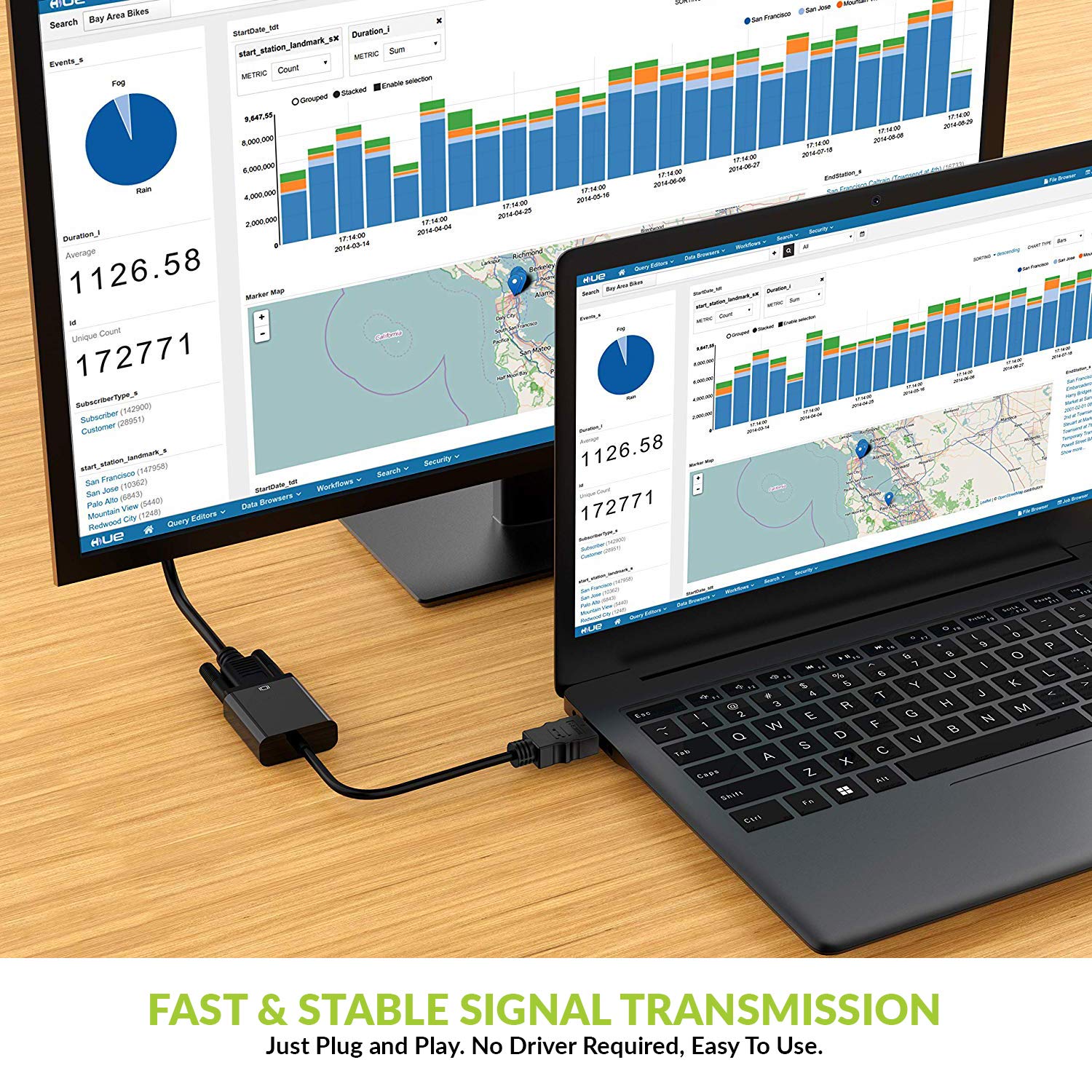
While the interest in cloud computing is at a high level, the use of cloud brings up some fundamental questions, such as how we’re going to drive data integration between the on-premise systems and the emerging use of the cloud.
Factually, data integration is considered a step after the migration process. Companies migrating to cloud thinks that once the data is uploaded on the remote cloud platforms, then only there’s a desire to share or synchronous data among them. As a result to this, the solutions are quick tactical which has no long term value. This solution can be replaced at some point in future.
Data integration is a very important part when you are re-hosting some of your data on a remote cloud service. When data across the many functions of a business are integrated together and made accessible, decision makers from the C-level down to the managers at each level are better informed, and thus are able to make better decisions moving forward. In other words, data becomes a strategic asset, and can be leveraged to produce real-time business intelligence!
The traditional approaches of data integration don’t fit the need of cloud computing. That’s because of the use of hybrid cloud i.e; a mix of public as well as private clouds. Here you need a lightweight solution which can handle more types of data. Even, data integration engine should neither be placed in enterprise data center nor on the cloud. Data integration in the cloud requires a different kind of security and governance services. Also, you need to encrypt pretty much everything moving to and from systems to clouds. These are just few reason why traditional data integration is different from data integration in clouds.
One should approach data integration with cloud computing in one of the two ways:
First, with the understanding that integration is systemic to the solution; thus, you need to design integration into the architecture. This is the optimal approach, but one that enterprises often don’t employ due budget and resource limitations (and I’ve heard many other excuses as well).
Second, with the ability to design and create a data integration solution that is retrofitted into the cloud computing solution. This isn’t optimal, but it’s how many approach integration. It’s just a matter of understanding the source and target data and how to deal with semantic mediation, connections and the right integration technology to make this happen.
Do remember that without data integration, cloud-based systems won’t provide the value you are looking for! Surely, it won’t be cost effective at all.
